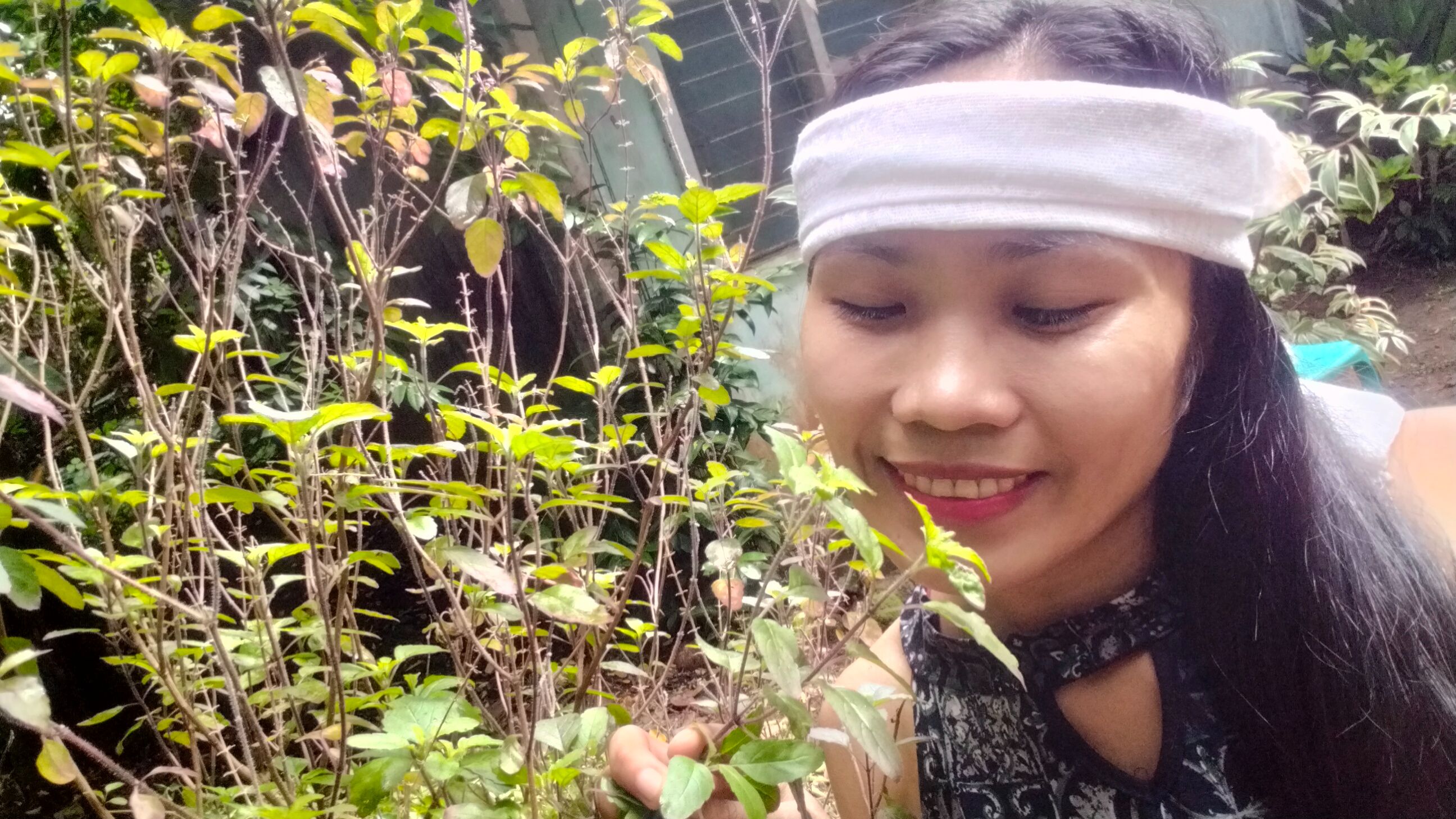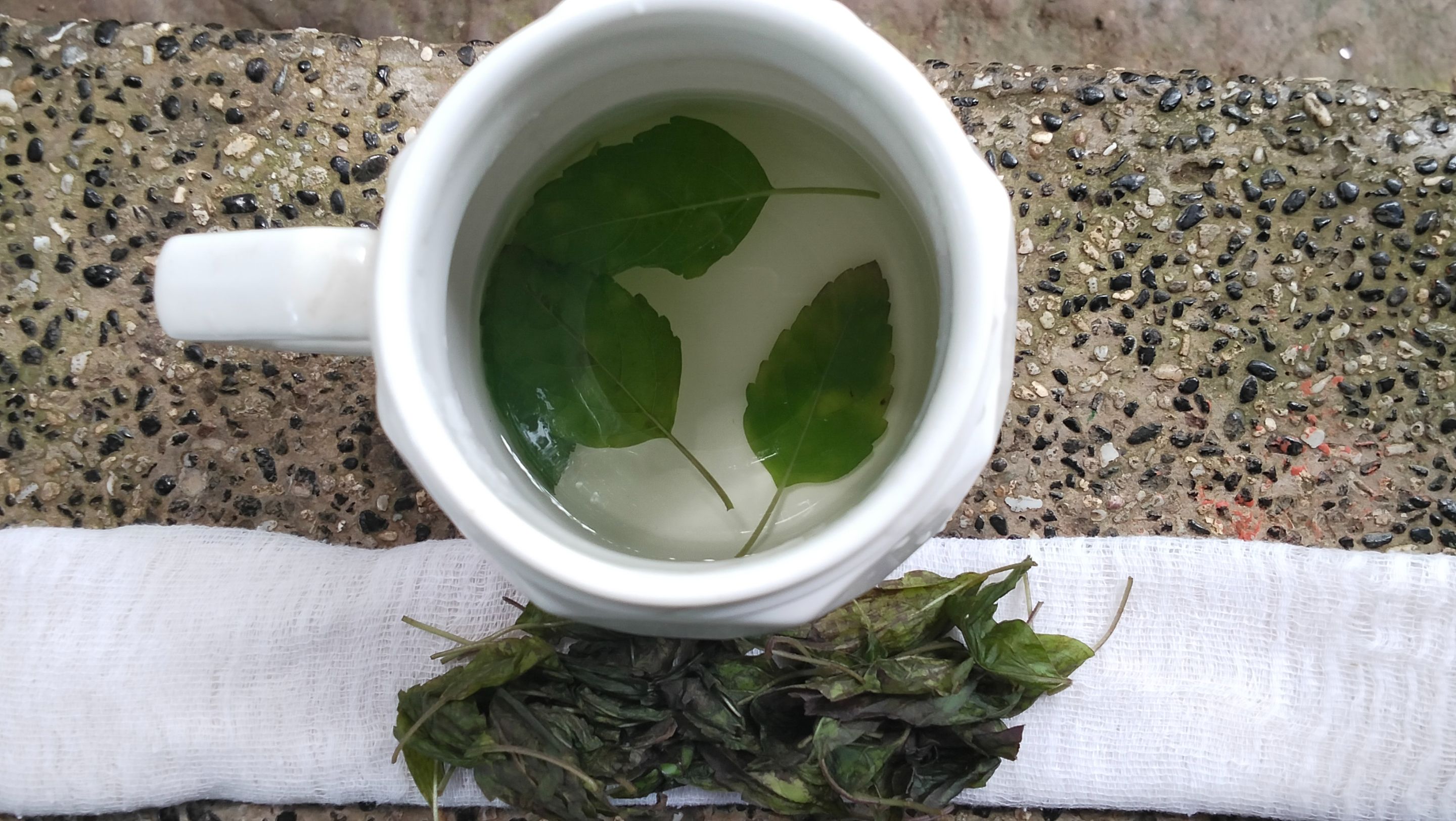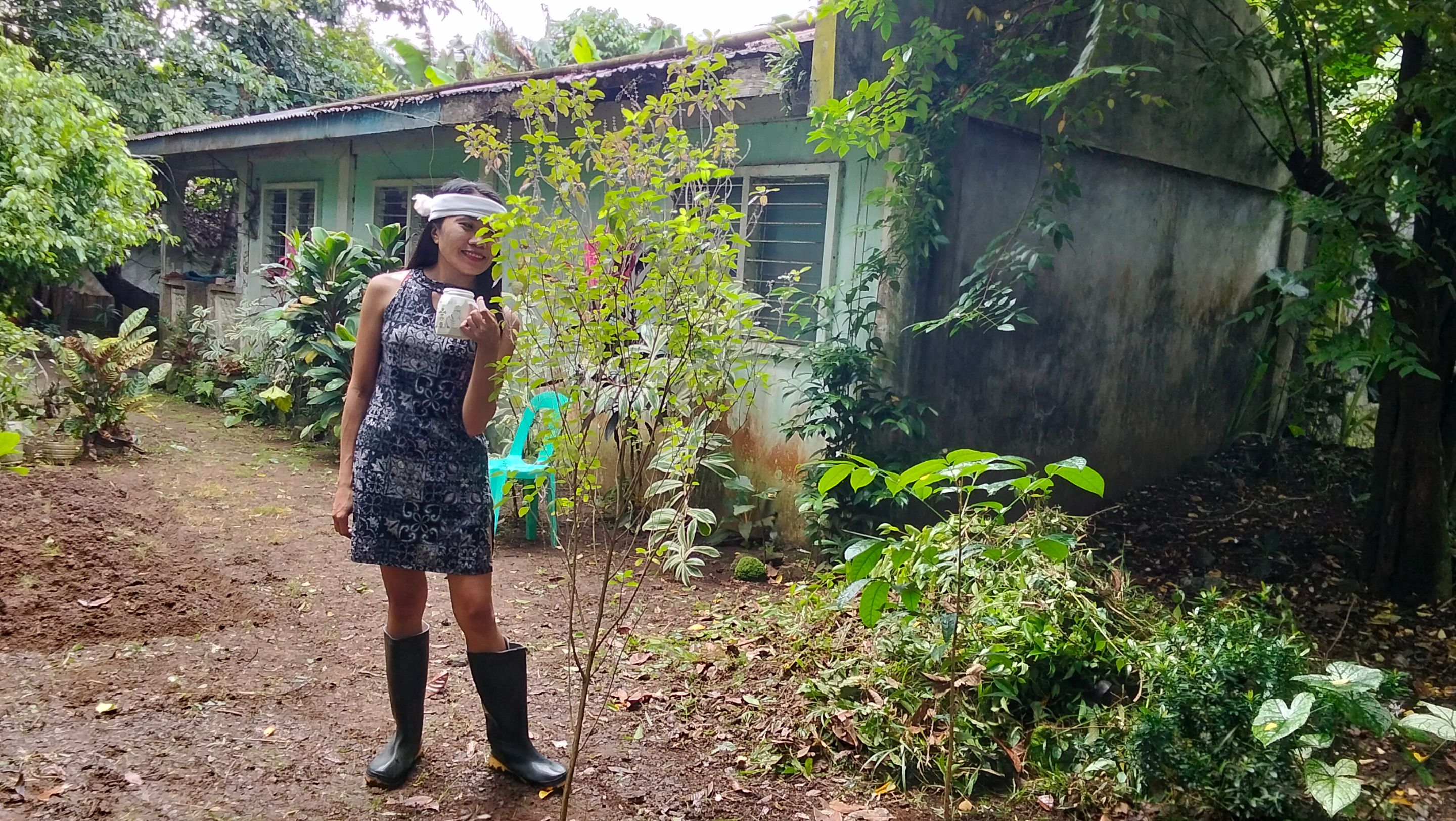I am overwhelmed by the results of last week’s challenge, and I would like to thank @gardenhive and the entire community for their support. May we continue to enthusiastically share our stories and inspire our fellow hive gardeners here. Here is my entry for Week 27 of the Hive Garden Question – ‘What’s your favorite garden herb?’

You know that I am a postpartum anxiety survivor, and gardening has been a big factor in my recovery. I lost my hard-earned career during the process, but gained better opportunities after I recovered. I praise God for this and the power he gave to nature to help me heal. Indeed, my plants are a big part of my healing process, as I often find solace in them, and one of these plants is my Holy Basil, also called Tulsi.
This is my favorite herb because it’s like a friend I can run to when I feel stressed. I just put three to four leaves in my cup and add hot water, and I can already enjoy its calming effect with its soothing aroma and taste. Besides, I also put around 10 to 20 freshly crushed Tulsi leaves on my forehead for a more soothing effect, and it helps me fall asleep better.
 (Holy Basil tea and paste)
(Holy Basil tea and paste)
This practice that I learned from my parents and grandparents is actually backed by scientific studies. Research says that Holy Basil or Tulsi is considered an adaptogen, which helps the body to adapt to stress and restore balance. It also helps regulate cortisol (stress hormone), which reduces the body’s stress response – probably the reason why it also helps me improve my sleep quality. It is widely known and accepted in Ayurvedic medicine with the same functions and benefits.
Aside from its benefits on the mental and emotional aspects, it also helps boost immunity and regulate blood sugar. Isn’t it amazing?

I find Holy Basil unique among other herbs that we have in our courtyard because it not only focuses on physical health, but also helps healing for the mind, body, and soul. It seems to bridge science due to its proven medicinal properties and tradition with the plant’s sacred role in culture.
And one more thing that intrigues me is the name ‘holy’, so I tried to find out why it’s called holy since we locally call it ‘kamangkaw’. In Hindu tradition, this plant is worshipped and believed to be the earthly manifestation of their goddess, which gives it deep spiritual and cultural significance, thus the name 'holy'.
Thank you for taking the time to read my entry for this week’s challenge. I look forward to reading your stories, too, and visiting your garden as I roam around the community.
(This article was originally made by me, and all the photos attached are mine.)